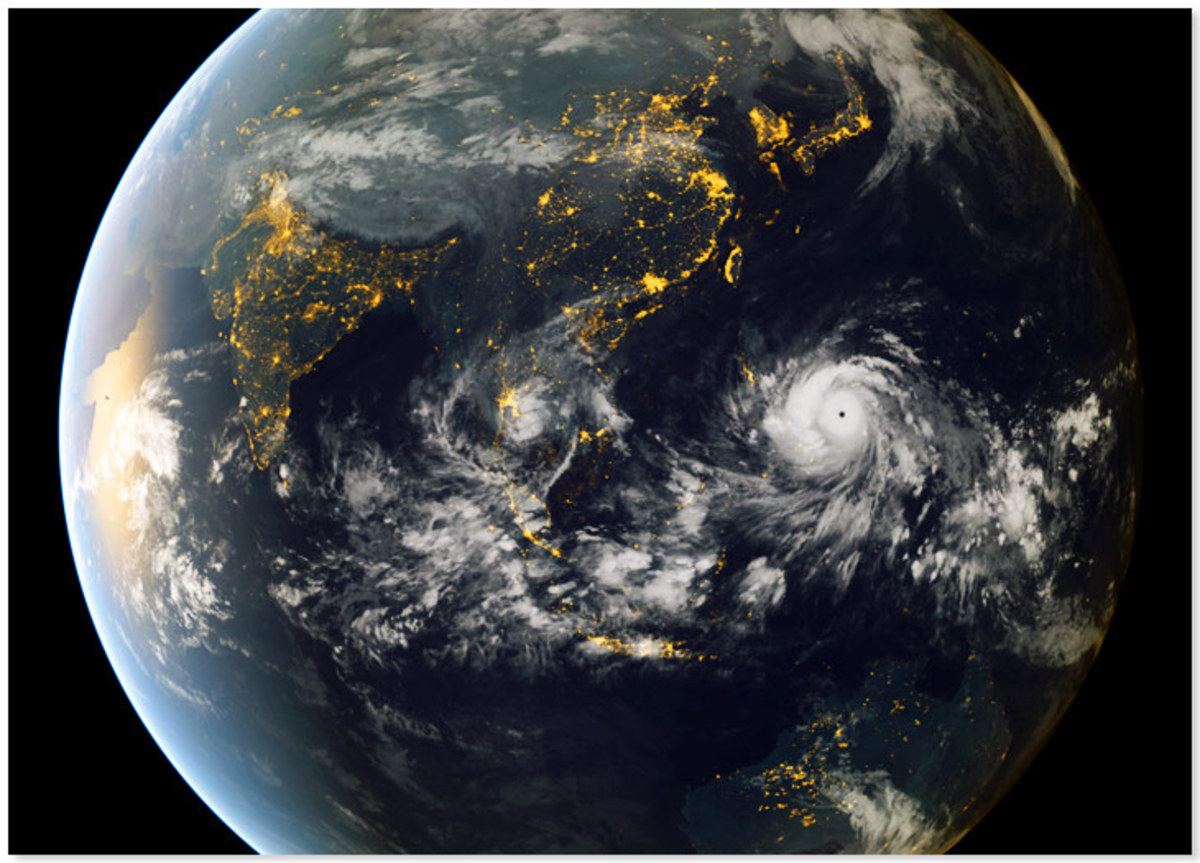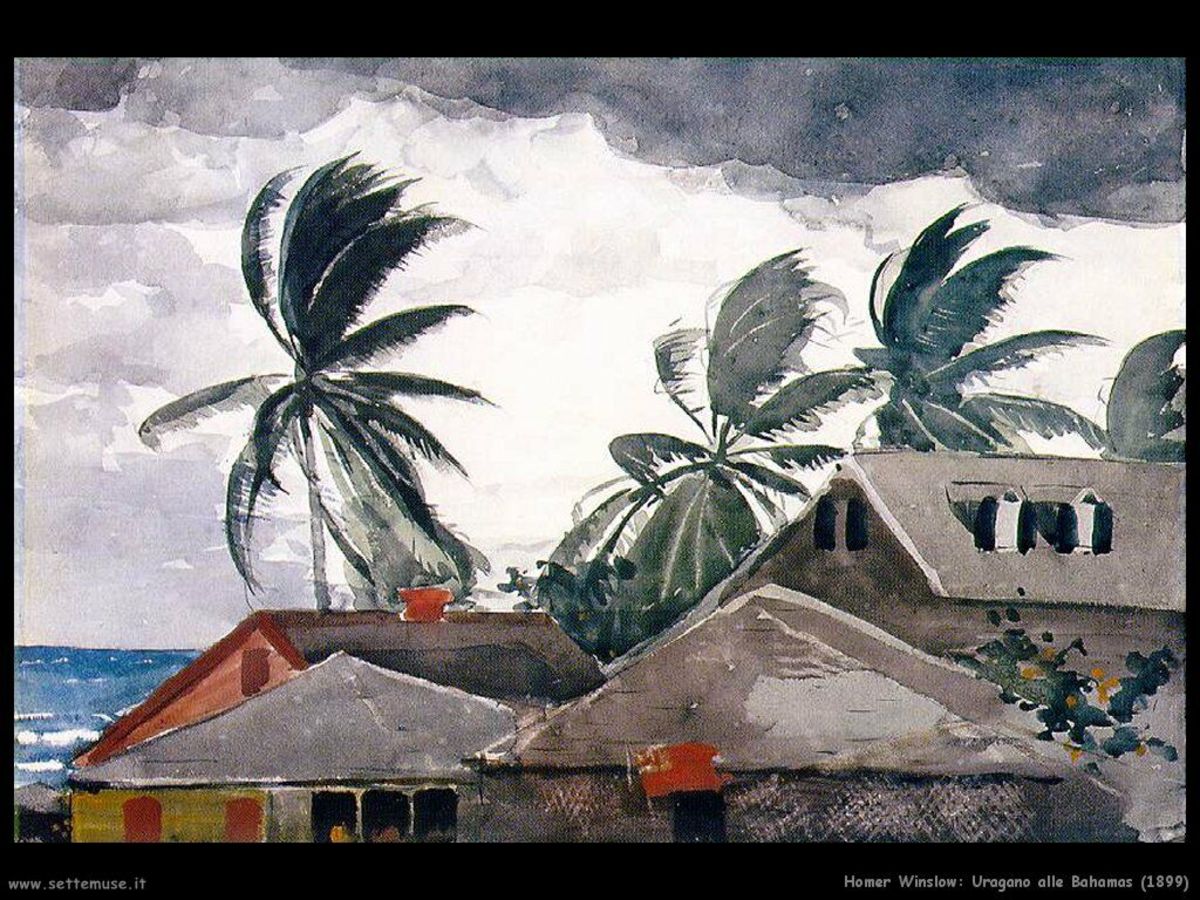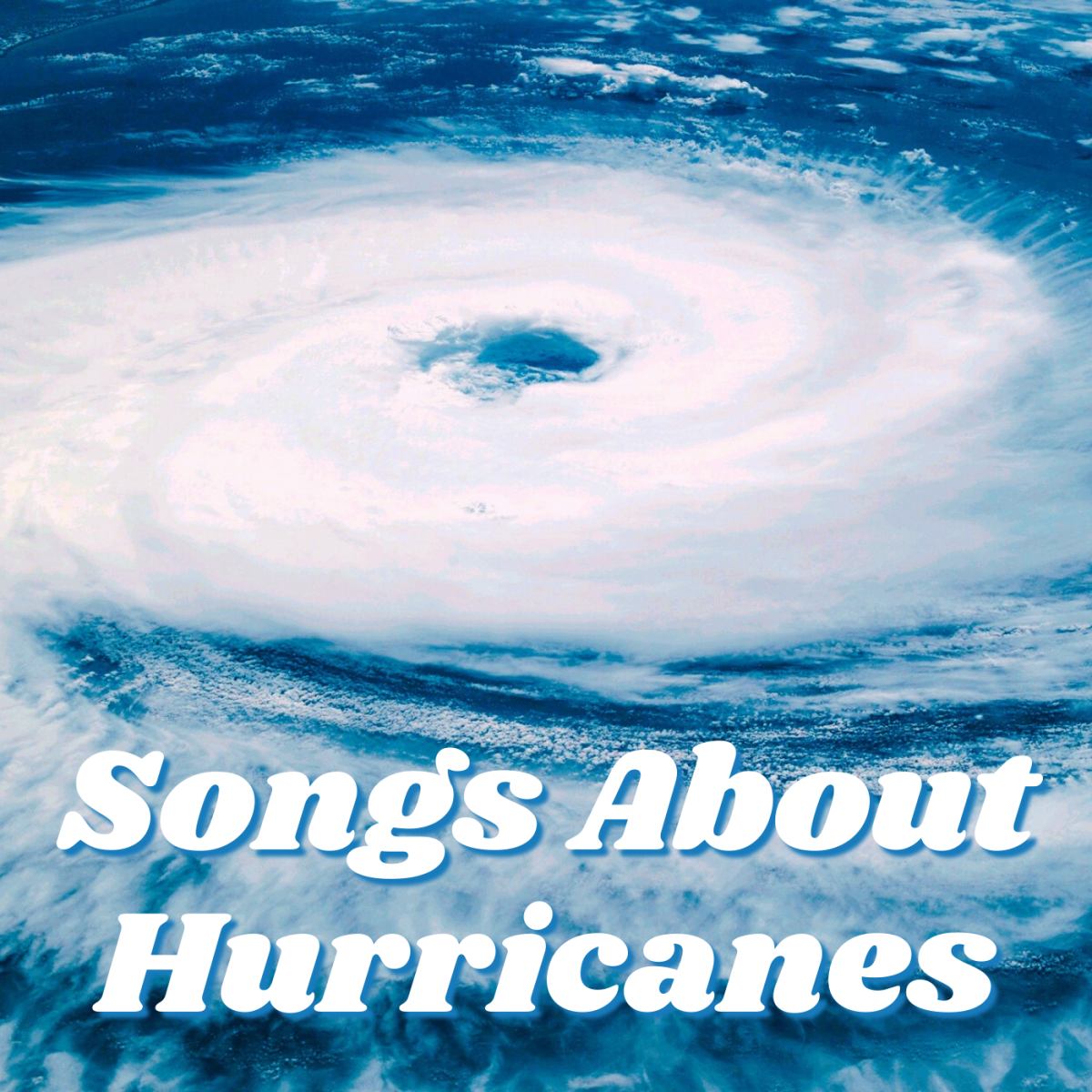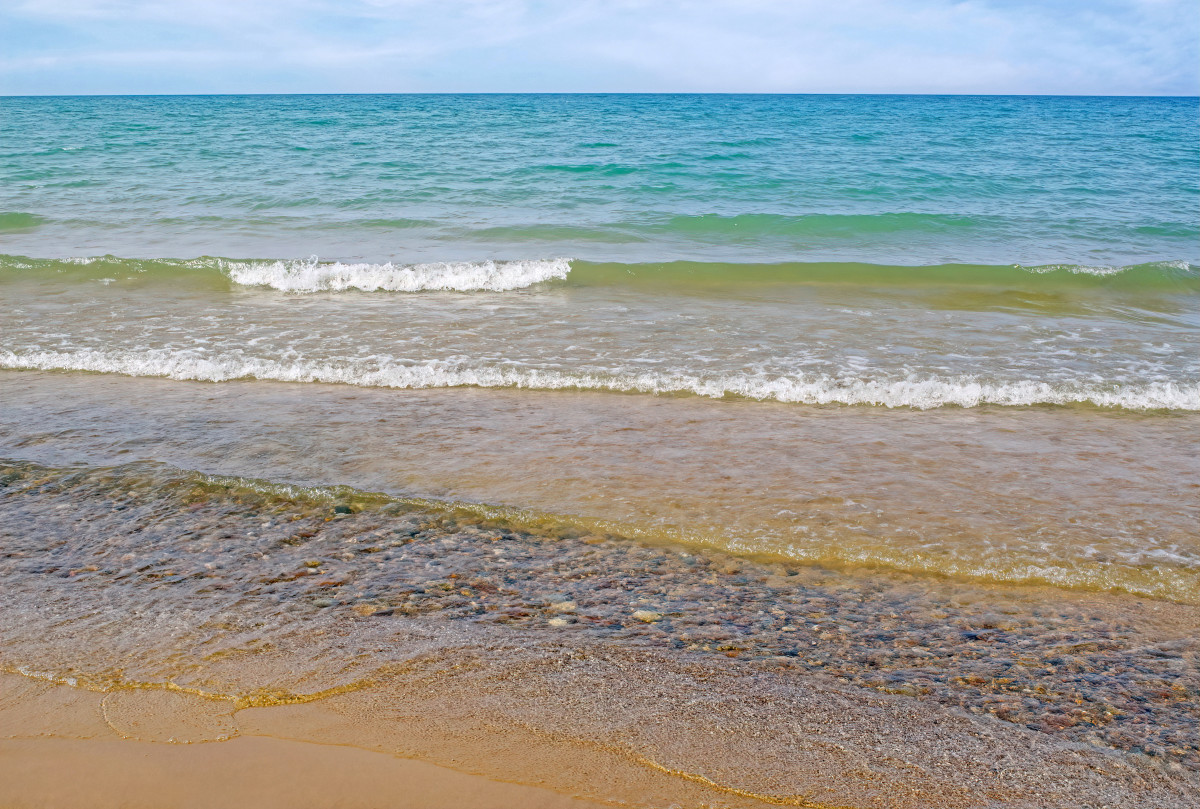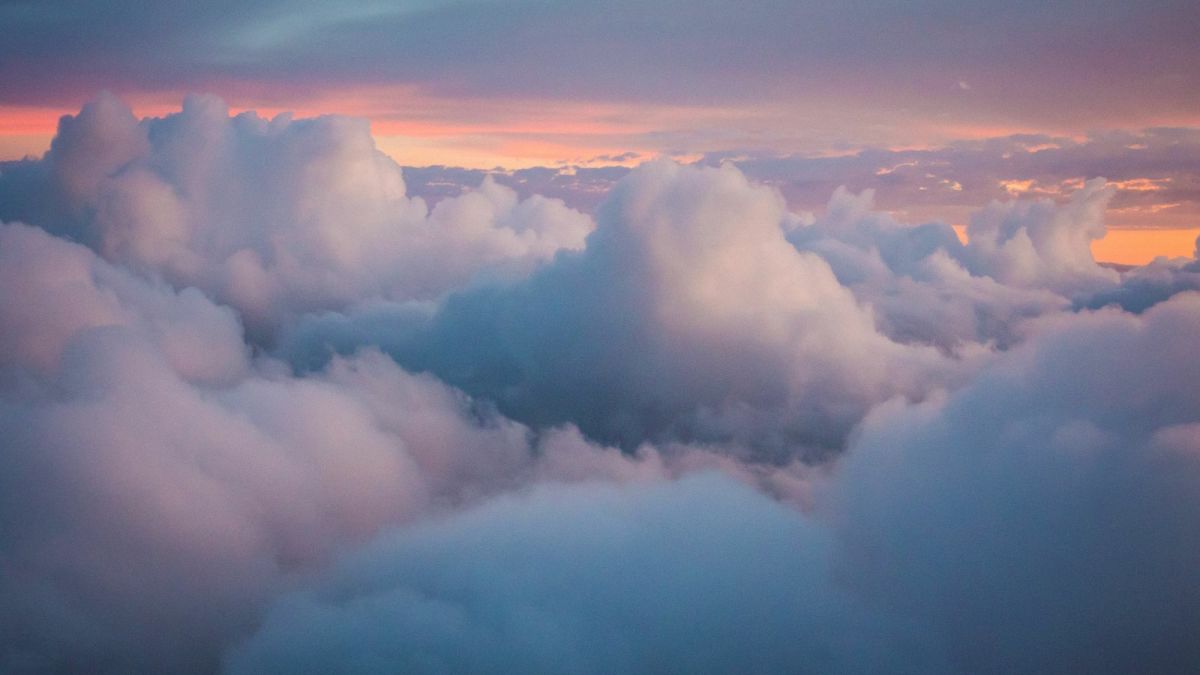Great Hurricanes and the Deadliest Storm
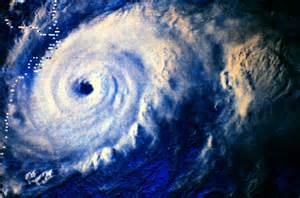
Deadliest Hurricane?
When talking of terrible hurricanes people may think of Katrina. While we don’t want to downplay the terrible loss of life and property in that storm, it wasn’t the deadliest.
Katrina was the most expensive as far as property lost, definitely, but keep in mind that the deadliest was a storm few remember or talk about. One reason for this is that is happened in 1900, and meteorology was just an emerging science. If it had happened a decade or two before that, the world might have little recorded information. Fortunately for future generations, reporters there, and there were photographers who left pictures that recorded the details for history. There are old newspaper accounts that contain tales of the aftermath of this terrible event
What happened on Sept 7, 1900?
The storm was call the 1900 Galveston Hurricane or The Great Flood. It was the deadliest storm ever seen in the United States. The death toll was estimated to be between 6,000 and 12,000. Today we would be tracking the storm minute to minute. But, in 1900, telegraphs often were not reliable, especially during a storm.
Galveston in its Prime
At the time of the storm, Galveston was a booming harbor town, and a major center of trade along the Gulf Coast, as well as the largest trading center in Texas. Isaac Cline had been posted to Galveston and later his brother Joseph Cline had been posted there as a Meteorologists. The brothers were said to have had a falling out which stemmed from the Flood forecast, and put them at odds for the rest of their lives.
Some of the residents of Galveston during that time had immigrated from other areas of the country, but many knew about hurricanes and had weathered many storms. After living in Galveston without any major storms, many residents fell into a false sense of security. Other residents campaigned for a sea wall thinking that a hurricane may come in the future. They just didn’t know how right they were, or how soon they would need a sea wall.
The day of the Hurricane people on the Island began to notice changes in the weather. The water didn't appear as it normally did. Many people began to feel uneasy, but no one would have believed what the night held.
Meteorology was a new science and the information about that storm and others, and the directions of storms was not always correct. Once this storm started there was little people could do except look for a building with a second floor and hope they could stay above the water, but when the ocean torn across the island people and buildings were tumbled like a child's toy.
During the day of the storm there were people traveling on and off the island by ferry and by train. There was a train that traveled from Beaumont, Texas to Galveston, TX on a routine basis. Early on the day of the storm, the tracks were covered by water from the storm surges. The train decided to go back to allow passengers to meet a ferry to take them home. The seas became so treacherous that the captain gave up on continuing and a few of the passengers took shelter in a lighthouse. Eighty five people stayed with the train which included the crew. Those on the train drown when seas washed over the train cars.
Hurricanes, Floods and Loss of Life
Government workers reached the city by ships that sailed from the west shortly after word of the storm surfaced, but all they could report was that Galveston was destroyed. The death toll described by the workers was unbelievable and some of the reports were thought to be exaggerated back on the mainland. Some residents that survived the initial storm were unable to be rescued from the ruble. They called for help, but the number of those who needed to be rescued was too great. An entire orphanage was covered with waves during the storm killing all the children.
As the clean up began, bodies were buried at sea only to wash back on the shore. Men were then recruited to burn the bodies. They pyres burned for weeks. Survivors made wood shelters from wood they salvaged from destroyed homes and business, or they put tents on the beach. Sometime the smell was unbearable.
Galveston built the sea wall, but the city never returned to the status it had held before the storm.
There is a great book, Isaac Storm’s, written by Erik Larson that explores this terrible storm in depth and is, in my opinion, one of the best reads in current literature

